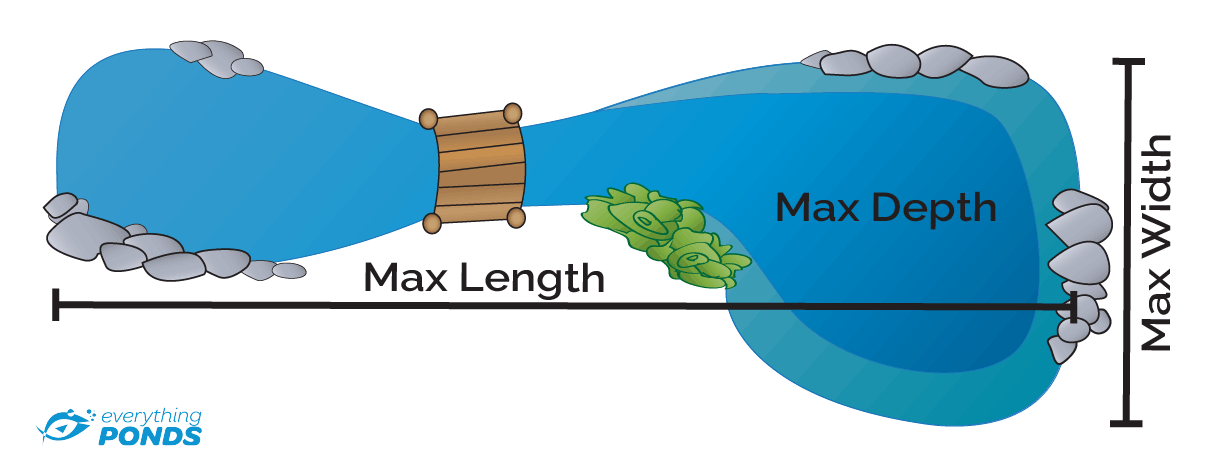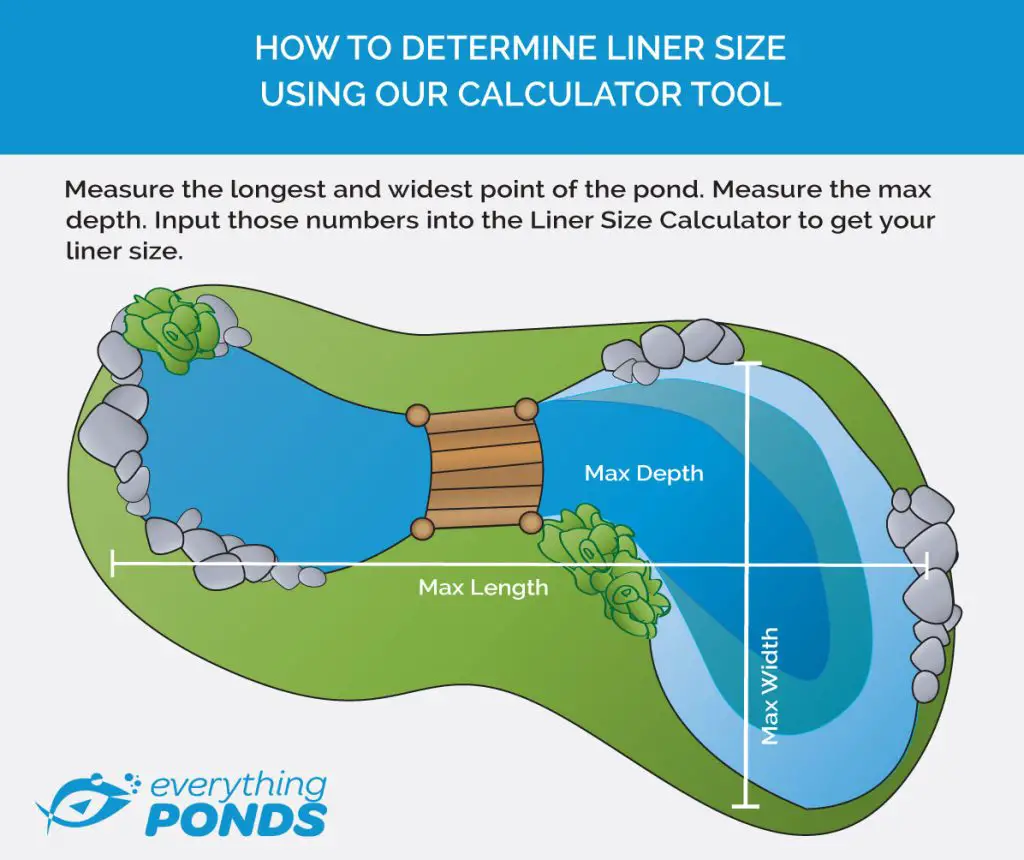Creating a pond in your backyard can add a serene and beautiful touch to your outdoor space. One essential component of building a pond is selecting the right pond liner. Choosing the correct size pond liner is crucial to ensure the proper functioning and longevity of your pond. In this guide, we will walk you through the steps to accurately size a pond liner for your project.
1. Measure the Dimensions of Your Pond
The first step in sizing a pond liner is to measure the dimensions of your pond. Using a tape measure, determine the length, width, and depth of your pond. Be sure to measure the maximum length and width, as well as the deepest point of your pond to get accurate measurements.
2. Calculate the Surface Area of Your Pond
Once you have the measurements, calculate the surface area of your pond. To do this, multiply the length by the width. For irregularly shaped ponds, you may need to break down the pond into sections and calculate the surface area of each section separately.
3. Determine the Depth of the Pond Liner
Decide on the depth of the pond liner you will need. The depth of the liner should be sufficient to cover the entire pond area and allow for adequate overlap around the edges to secure the liner in place. A good rule of thumb is to add at least 1-2 feet of extra liner around the perimeter of the pond.
4. Add Overlap and Seaming Allowance
When sizing a pond liner, it is important to account for overlap and seaming allowance. The overlap refers to the extra liner needed to ensure complete coverage of the pond, while the seaming allowance is the additional material required for joining multiple pieces of liner together if needed.
5. Select the Right Type of Pond Liner
There are several types of pond liners available, including PVC, EPDM, and RPE liners. Consider factors such as durability, flexibility, and UV resistance when choosing the right type of liner for your pond. Each type has its own advantages and is suited for different pond sizes and designs.

Credit: www.everything-ponds.com
6. Use a Pond Liner Calculator
If you prefer a more straightforward approach, you can use a pond liner calculator available online. These calculators require you to input the dimensions of your pond, and they will provide you with the recommended size of pond liner based on the information you provide.
7. Consult with a Professional
If you are unsure about sizing a pond liner or have a complex pond design, it may be beneficial to consult with a professional pond installer or contractor. They can offer expert advice and help you determine the right size and type of liner for your specific pond project.
8. Purchase the Pond Liner
Once you have determined the correct size and type of pond liner for your project, it is time to make the purchase. Be sure to buy from a reputable supplier to ensure you are getting a high-quality liner that will last for years to come.
9. Install the Pond Liner
After purchasing the pond liner, carefully follow the manufacturer’s instructions for installation. Start by preparing the pond area, removing any sharp objects or debris that could puncture the liner. Lay the liner in place, making sure to eliminate any wrinkles or folds for a smooth finish.
10. Secure the Pond Liner
Once the liner is in place, secure it by adding rocks, stones, or other decorative elements around the edges to hold it in place. Be sure to trim any excess liner and create a clean edge around the perimeter of the pond for a polished look.

Credit: russellwatergardens.com
Conclusion
Sizing a pond liner is a crucial step in creating a successful and long-lasting pond. By following the steps outlined in this guide, you can accurately size a pond liner for your project and enjoy a beautiful and functional pond in your backyard. Remember to take your time, measure carefully, and choose a high-quality liner to ensure the success of your pond project.





